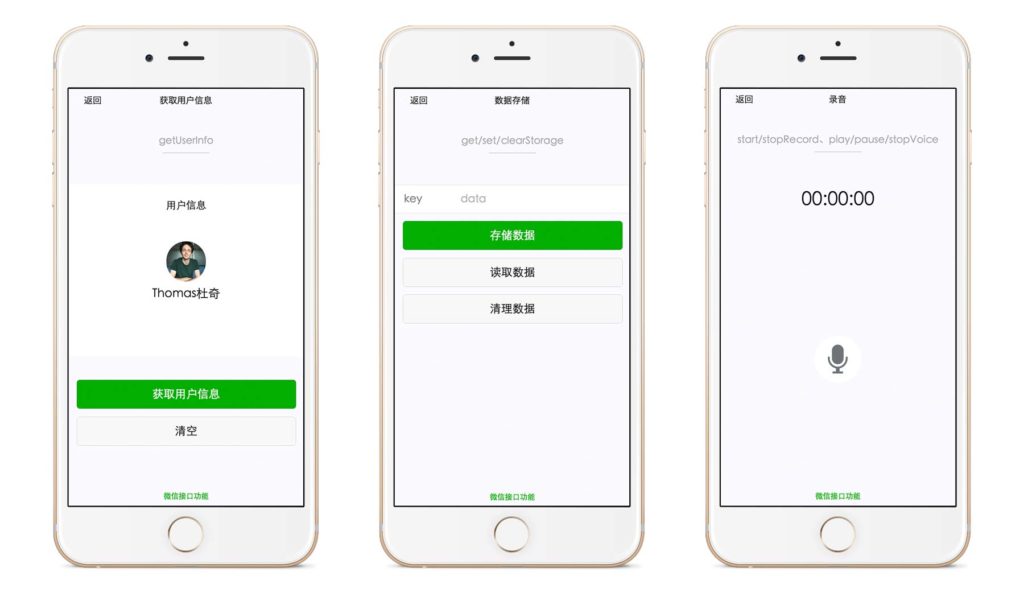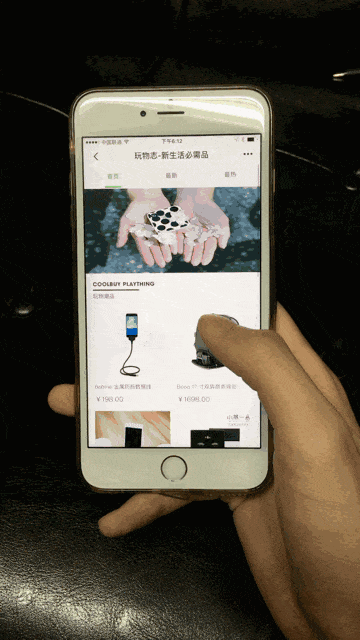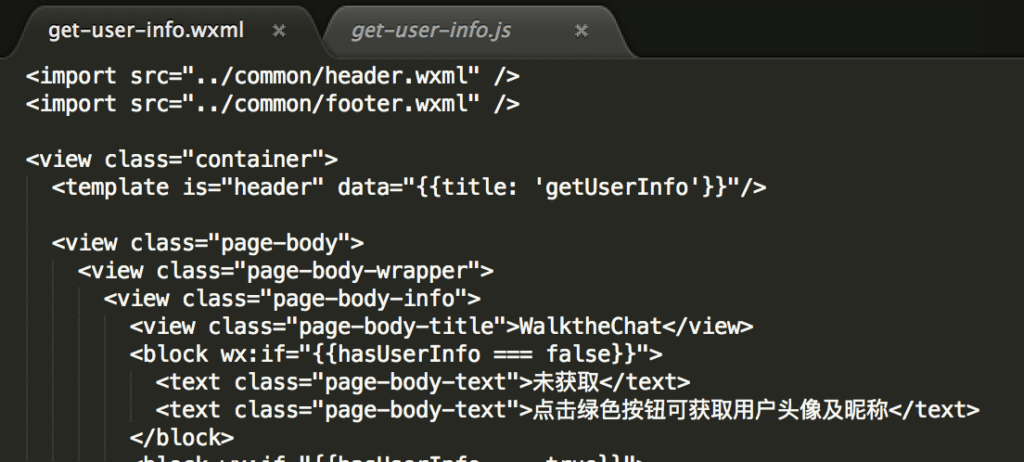WeChat min-APP’s are here. By now, you know it already. So let’s try to tell apart the awesomeness from the bullshit and figure out what it is all really about.
What do WeChat APP’s look like?
Before we start exposing grandiose theories about the future of WeChat (we’ll get there) you might want to know what the thing actually looks like. Here you go:
Pretty cool isn’t it? Now let’s get to the next question…
What can it do?
The answer to this question is simple: they can do more or less what a service account can do:
- Access the WeChat API for voice recording, voice recognition, log-in, payments, etc…
- Send messages to users in a fashion which is similar to a service account
- You can build web-APP’s on top of it (using WeChat UI elements provided by Tencent, here’s a little demo we made…)

You can expect to see mini-APP’s appearing in the next few weeks enabling you to:
- Buy products
- Order food
- Book a time for your ayi to come clean your place
- Handle your dry cleaning
- And more…
So basically WeChat mini-APP’s are another way to provide services through WeChat, with a few innovations…
What are the differences with a WeChat service account?
There are a few differences between WeChat APP accounts and service accounts:
- Accessibility: min-APP’s are accessed through a special panel. This panel is directly accessible from the “Discover” section of your account”. Unlike service accounts which are simply alphabetically ordered together with subscription accounts. It will make mini-APP’s much easier to access and organize for users
- Speed: mini-APP’s enable to store some of the code and data directly on the phone, increasing the speed and giving more of a “native” feel to the applications

Isn’t that cool?
What is is it made of?
Okay, it’s nerd time!
What are mini-APP’s? Are they just web-pages like WeChat APP’s linked to service accounts? Or are they native APP’s like you would find on the Apple APP Store?
Well… somewhere in between!
WeChat mini-APP’s are built with a special framework designed by Tencent. This framework is based on JavaScript (very similar to Angular.js and React.js). For instance: it doesn’t use html but wxml, and uses wxss instead of css!

What does it means in practice?
- If you want to build WeChat APP’s you have to learn a new language! (but not really, people familiar with JavaScript development will find it easy)
- The code from the mini-APP’s can’t be used outside WeChat! (as it relies on Tencent’s proprietary format)
How can I play around with it?
Want to tinker with it? You can download demo code here and download the developer tools to run it here for mac, here for windows 64 and here for windows 32. Select “no APP ID” in the main page to get started right away if you don’t have your own WeChat mini-APP developer account yet.
And you can get the full documentation here.
Why should I care?
Well, the short answer is: for now you should not care.
Mini-APP surely show some interesting features, but it’s still way too early to tell if they’ll be a thing. As of now, they seem a bit too similar to service accounts, and appear as a risky bet for brands and developers.
But one thing is sure: if you are among the very first mini-APP’s, you will sure get a lot of traction and press. Just like moment ads, where first advertisers made a lot of buzz, but which turned out to be a disappointment. Mini-APP’s might meet a similar fate.
There is a small chance this new approach might further establish WeChat as the leading eco-system for brands in China. But there is a bigger chance that mini-APP’s will join the graveyard of failed tech innovations.

